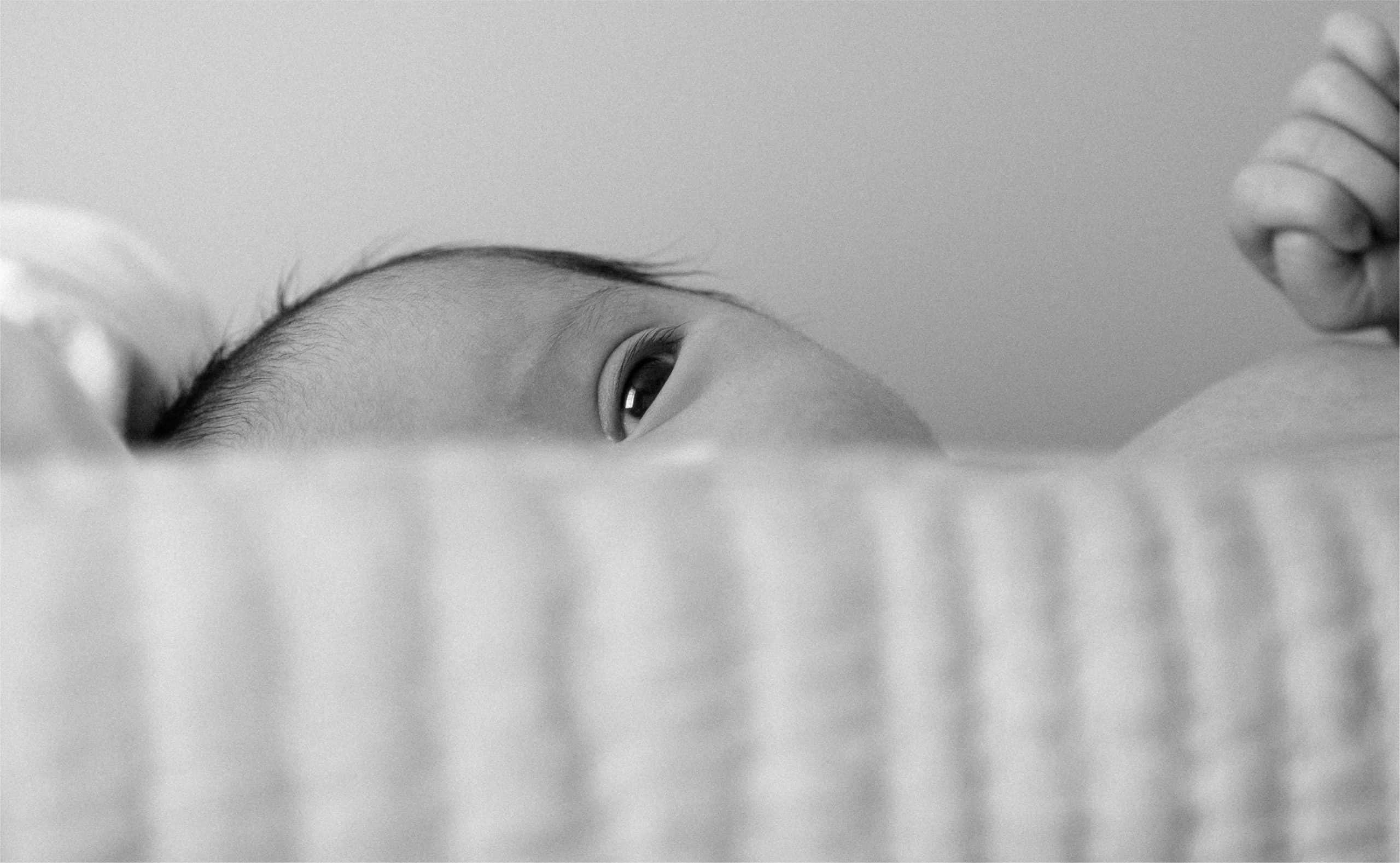Keeping our kids safe and healthy is our highest priority as parents. But no matter how vigilant we try to be, there’s always things we miss or times we overlook important safety messages. September is Baby Safety Month, so we’re bringing you some timely reminders of some simple ways you can watch out for the safety of the little people in your life.
1. Check your car seats — they expire!
It’s not a ploy by manufacturers to make you spend more money! Car seats are made of plastics and impact foams, which degrade quickly when exposed to UV rays and extreme temperatures. The average car seat has a lifespan of 6 to 10 years from the date of manufacture, which is typically indicated on a sticker located on the back or bottom of the seat.
Using an expired car seat can compromise its structural integrity and ability to protect your child in a crash. Always register your car seat with the manufacturer to receive recall notifications and consult a certified Child Passenger Safety (CPS) technician for proper installation.
2. Water That Feels Warm to You Can Burn a Baby
A baby’s skin is far more delicate, making them more susceptible to severe burns. For example, water at just 120°F (49°C) can cause a serious burn in a child in less than five minutes.
To ensure your baby’s safety, always use a bath thermometer to check the water temperature. The ideal temperature for a baby’s bath is between 90 and 100°F (32-38°C). Additionally, always test the water with your elbow or the inside of your wrist before placing your baby in the tub.
If your baby does get a burn, stay calm and act quickly. Immediately hold the burned area under cool (not cold) running water for several minutes. Do not use ice, as this can further damage the skin. Remove any clothing or jewelry from the area, but do not try to pop blisters. Once the area has cooled, cover it with a loose, clean bandage. For anything more than a very minor burn, or if you’re unsure of the severity, seek immediate medical attention.
3. Just 2 inches of water can be dangerous
Drowning is the leading cause of death for children ages 1 to 4 in the United States. It can happen in less than two inches of water—in a sink, toilet bowl, fountain, or bucket.
When it comes to the bathroom, never leave a child unsupervised in a bath, and be sure to let the water out as soon as bath time is over. For homes with pools, a four-sided isolation fence that separates the pool area from the house and yard can reduce a child’s drowning risk by 83%. Additionally, formal swimming lessons for children ages 1-4 have been shown to reduce the risk of drowning by 88%.
4. Falls are the leading cause of non-fatal injuries
Falls are the leading cause of non-fatal injuries for children in the U.S., with approximately 8,000 children treated daily in emergency rooms. Common fall-related injuries occur from furniture, stairs, and baby walkers.
Home Safety: Secure heavy furniture and TVs to the wall to prevent tip-over accidents. Install safety gates at both the top and bottom of stairs. When using a changing table, always use the safety strap and keep one hand on your baby at all times.
Baby Equipment: Never place a bouncer, car seat, or rocker chair on a raised surface. Always use the safety straps on all baby equipment like high chairs, swings, and strollers, and adhere to the manufacturer’s age, weight, and height recommendations. Baby walkers are a major safety concern and are not recommended by pediatric associations, as they allow a child to reach hazards quickly and can lead to falls down stairs.
5. Unsuspected chocking hazards
Choking is a leading cause of injury and death for young children, especially those under three. An object is a choking hazard if it can fit entirely inside a cardboard toilet paper roll. This includes coins, small batteries, buttons, and small toy parts.
- Toy Safety: Inspect your child’s toys often for any breakages. Items should be unbreakable and not have small parts that could be chewed or broken off. All parts must be larger than your baby’s mouth.
- Food Safety: Avoid giving hard, round foods like nuts, hard candy, and popcorn to children under four. Always supervise children while they’re eating and make sure they are seated. Cut foods like grapes, hot dogs, and cherries lengthwise to prevent them from blocking the airway.
Want support that actually gets it?
Find your local New Mom School and connect with a community of moms, experts, and real talk that makes the fourth trimester feel a little less overwhelming.
Wishing there was a New Mom School closer to you?
You might be the one to bring it there. Learn how to open a location in your town.

